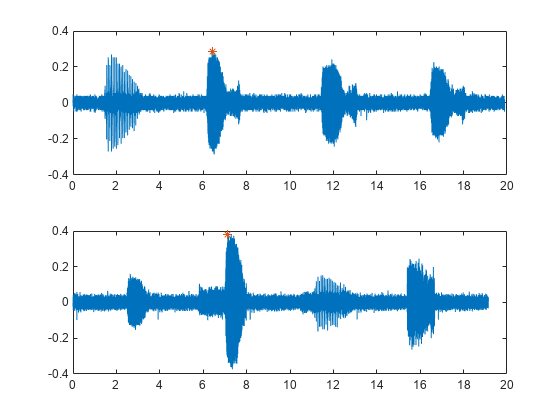removePointValue
Remove row from point label
Syntax
Description
removePointValue(
removes all rows of the point label lss,midx,lblName)lblName for the member specified by
midx.
If
lblNameis a character vector or a string scalar, the function targets a parent label.If
lblNameis a two-element string array or a two-element cell array of character vectors, the function:Interprets the first element as the name of a parent label.
Interprets the second element as the sublabel name of a point label.
Removes all the points of the sublabel.
removePointValue(
removes a row, specified by lss,midx,lblName,'LabelRowIndex',ridx)ridx, of the point label
lblName for the member midx.
If lblName is a two-element string array or a two-element cell
array of character vectors, the function:
Interprets the first element as the name of a parent label.
Interprets the second element as the sublabel name of a point label.
Removes all the points of the sublabel contained in row
ridx.
removePointValue(
removes the sublabel row specified by lss,midx,lblName,'SublabelRowIndex',sridx)sridx. In this case,
lblName must be a two-element string array or a two-element cell
array of character vectors:
The first element is the name of a parent attribute label.
The second element is the sublabel name of a point label.
removePointValue(
removes the sublabel row specified by lss,midx,lblName,'LabelRowIndex',ridx,'SublabelRowIndex',sridx)sridx of the ROI or point label
row specified by ridx. In this case, lblName must
be a two-element string array or a two-element cell array of character vectors:
The first element is the name of a parent ROI or point label.
The second element is the sublabel name of a point label.
Examples
Input Arguments
Version History
Introduced in R2018b
